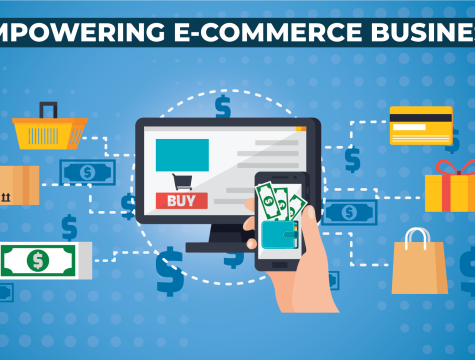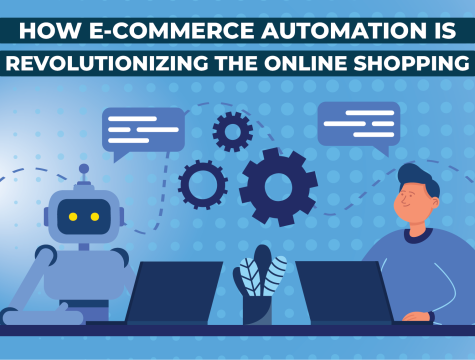The retail industry is undergoing a profound transformation, with digital technologies at the forefront of this revolution. One of the most significant advancements in this space is the integration of Radio-Frequency Identification (RFID) and the Internet of Things (IoT) into digital shelf displays. These technologies are enhancing the shopping experience, streamlining operations, and empowering retailers with real-time data insights. In this article, we will explore how the combination of RFID and IoT is reshaping the retail landscape through digital shelf displays.
The Convergence of RFID and IoT
RFID technology has been a game-changer in inventory management. It involves attaching small, wireless tags to products, which can then be scanned using radio waves. RFID tags contain unique identifiers, allowing retailers to track items individually, as opposed to traditional barcodes, which are scanned one at a time. This level of granularity enables better inventory control, reduces stockouts, and minimizes overstocking.
IoT, on the other hand, is the interconnection of everyday objects with the internet, enabling them to send and receive data. When applied to retail, IoT can transform physical stores into intelligent, data-driven environments. Combining RFID with IoT creates a powerful synergy, as RFID tags can feed real-time data to IoT devices, creating a dynamic ecosystem that can optimize retail operations.
Digital Shelf Displays: A Window to the Future
Digital shelf displays are at the heart of this technological revolution. These screens replace traditional paper labels, allowing retailers to showcase product information, pricing, and promotions digitally. When combined with RFID and IoT, these displays become smart, interactive, and adaptable, greatly benefiting both customers and retailers.
How RFID and IoT Enhance Digital Shelf Displays
- Real-Time Inventory Management: RFID tags continuously transmit data to IoT devices, ensuring that the inventory status displayed on digital shelves is always up to date. This reduces the chances of customers encountering out-of-stock products and helps store associates restock efficiently.
- Dynamic Pricing and Promotions: Retailers can easily update pricing and promotions on digital shelf displays using IoT technology. Additionally, RFID tags can trigger location-based discounts, providing shoppers with personalized offers based on their proximity to specific products.
- Enhanced Customer Experience: Interactive digital shelf displays engage customers in unique ways. With RFID and IoT, these displays can provide additional product information, reviews, and even personalized product recommendations based on the shopper’s profile and preferences.
- Theft Prevention: RFID tags can be used for anti-theft measures. When an item with an active RFID tag is removed from the shelf without being purchased, the system can trigger an alert, helping to deter theft.
- Data Analytics: The combination of RFID and IoT generates vast amounts of data. Retailers can use this data to gain insights into customer behavior, shopping patterns, and product popularity. This information can inform inventory management, marketing strategies, and store layout optimizations.
Challenges and Considerations
While the integration of RFID and IoT into digital shelf displays offers numerous advantages, there are some challenges to consider:
- Cost: Implementing RFID and IoT solutions can be expensive, particularly for smaller retailers. However, the long-term benefits often outweigh the initial investment.
- Security and Privacy: The increased use of IoT devices raises concerns about data security and customer privacy. Retailers must implement robust cybersecurity measures and adhere to data protection regulations.
- Training and Adoption: Employees need to be trained to use and maintain these systems effectively. A smooth transition from traditional displays to digital shelf displays with RFID and IoT technology requires careful planning and training.
Conclusion
Digital shelf displays enhanced by RFID and IoT are revolutionizing the retail industry. These smart displays not only provide real-time inventory information and dynamic pricing but also offer a personalized shopping experience for customers. With the wealth of data generated by these systems, retailers can make more informed decisions, resulting in improved operational efficiency and increased customer satisfaction. While there are challenges to overcome, the potential benefits make this technological integration a compelling proposition for retailers looking to thrive in the digital age. As technology continues to advance, we can expect even more innovative solutions that will further transform the retail landscape.



